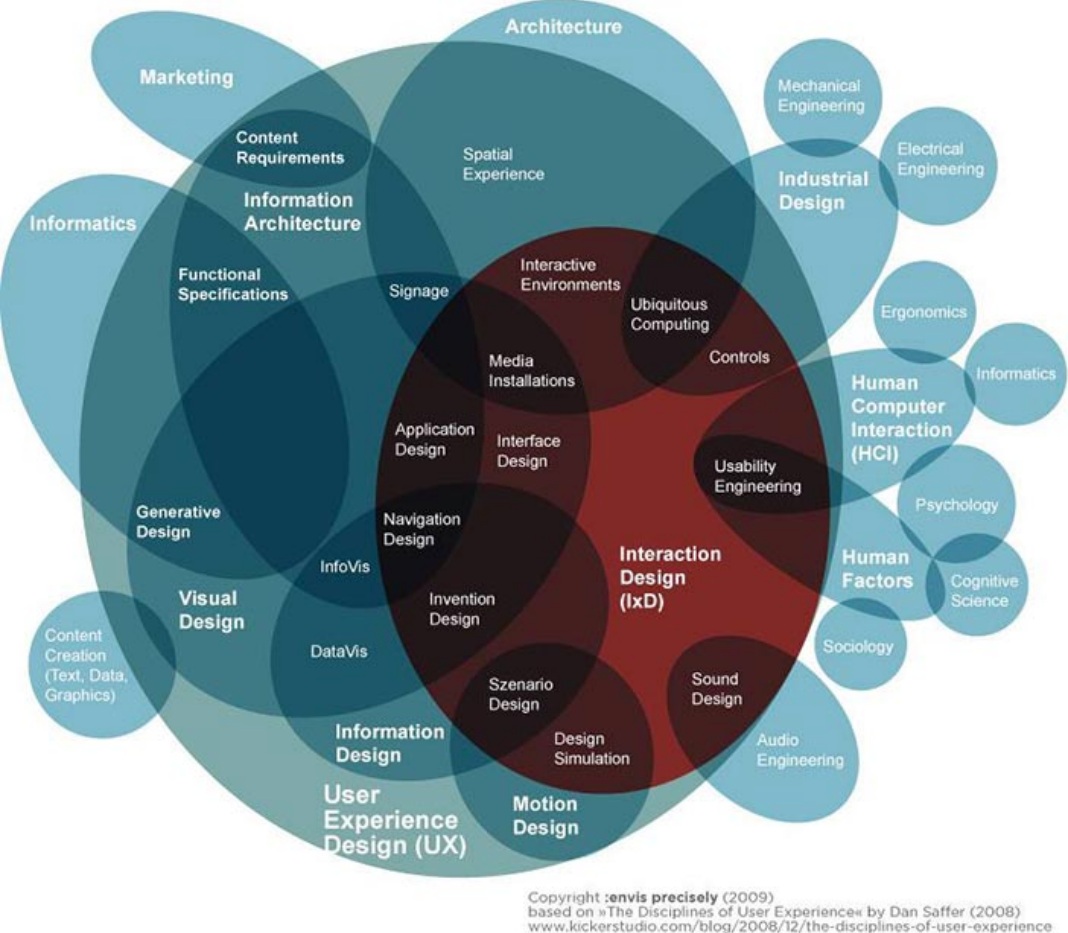Event Recap: Making Design Important to Others
How do we, as designers, make design important to other people? Do you ever feel as if “they just aren’t getting it” and you’re starting to sound like a broken record? Perhaps it is your friends and family to whom you are trying your hardest to explain design, and in return receive blank stares and glossed over eyes. Or maybe it is your co-workers, boss or another department working on a project and they simply can’t understand why design is important and, as a result, it gets over looked. Last month IXDA Seattle had the pleasure of hosting Scott Berkun at Artefact in downtown Seattle, who shared some ideas on how we can help “persuade most people to care about good design.”
Figure 1 - Bad Street Parking Sign
The first thing to keep in mind, Scott said, is that as designers we often forget design is everywhere and that most people experience design every day, even if they don’t call it that. We need to look at the vocabulary we use to talk about design. When someone goes to park their car and sees a sign like the one in Figure 1 , they immediately know something bad is going on and think to themselves, “Who made this?” Everyone knows the sign is nothing short of mind-boggling. Scott challenges us to stop and think for a minute about the word ‘making’ as a much more understandable word than design. He suggests, “You can find any ordinary citizen who can articulate that initial set of thinking which really is a kind of design thinking.” This thinking might not be as robust or in-depth as ours, and though most people wouldn’t refer to it as design, in the end most everyone is aware of good and bad design in their daily lives.
Figure 2 - Scott Berkun speaking at Artefact
This still doesn’t solve the question of how we communicate about design and why it’s important. Scott went more into depth about this, recommending starting discussions about design, whether personal or professional, by first exploring questions with the person you are speaking with as well as keeping the vocabulary relatable.
For example, ask, “What is something you use every day that you hate (or love)? Why do you love or hate that?” After they’ve defined something that they hate or love, ask them how they might make it better. Have them describe it to you. Now you’re having a conversation about design and constraints and they’re starting to understand the process of what goes into design. To conclude your conversation, you can now tie your career and projects into the discussion. You can now explain in more accessible terms, Scott proposes, that “you are one of those people who tries to make things people love or tries to decrease the amount of poorly made products in the world.” “Most people” will be able to start to understand what you do as a designer and how it affects them in their daily life. The same goes for professional settings.
Figure 3 - Overwhelming diagrams
When you are going about trying to explain design in general or arguing for its importance in a project, it is important to keep in mind that most people don’t understand what design is, and that using fancy language or overwhelming diagrams (see Figure 3) are not going to help in this process. In the end, then, designers have two ways to look at the world:
1. It is unfair that I, as a designer, always have to explain design over and over and over. And that there is no good book I can just give someone to explain design. (This is what Scott is currently working on.) OR
2. I, as a designer, have special knowledge and that knowledge has value. I can make the world a better place, reduce suffering, and make culture and society work better. I have the opportunity to be the first person to explain why design is important and affect change.
I think we can all agree that although we have all felt option #1 at times, we would prefer to be thinking and acting like option #2. This is what Scott believes as well. Really what we need to be doing is welcoming everyone into our circle to learn about design. In other words, we need to BE DESIGN AMBASSADORS.
As Scott states, being a design ambassador is like being an ambassador in the U.N. We should be diplomatic, open-minded, curious, and asking questions. Our goal is to build bridges for all design discussions.
Scott Berkun is currently working on his 8th book, which is about teaching design literacy to everyone. He is making this a community project and if you are interested in helping out or finding out more please CLICK HERE to join the list.



